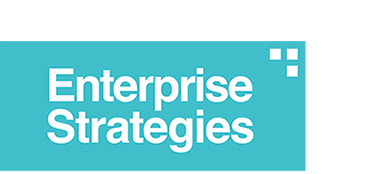27 Dec #CollaborationWorks: Manage Your Projects and Optimize Communication
 Group work. These two words often invoke a negative response from anyone who had the misfortune of working on a project with someone less invested than himself. And nearly everyone has had to work on a group project at some point – either in college or graduate school, the workplace, or all three. Many variables go into making a project successful, including the resources available, people involved, and planning that takes place. If you want to learn more about implementing planning and scheduling within a business, check out this article.
Group work. These two words often invoke a negative response from anyone who had the misfortune of working on a project with someone less invested than himself. And nearly everyone has had to work on a group project at some point – either in college or graduate school, the workplace, or all three. Many variables go into making a project successful, including the resources available, people involved, and planning that takes place. If you want to learn more about implementing planning and scheduling within a business, check out this article.
Having a team equipped with the right collaboration tools, and a deep understanding of how to use them, is the first step to making project work more efficient and effective. These tools are an aid to the planning and management of projects – but only if employees see the benefits, understand all the features, show up, and are engaged.
“Effective collaboration is about maximizing time, talent and tools to create value. The old way was the pass-along approach. I do my job and then pass along my work product to you.” – Evan Rosen
Using collaboration tools allows a| faster, more efficient way of communicating before, during and after the project. Everyone involved can connect more quickly. Instead of scheduling individual or conference calls, or sending out email chains and waiting for responses, a thread can be started pertaining to a topic and everyone can reply and see others’ replies (or lack thereof) in real time. This might include planning a time when it’s best to jump on a call or meet in the conference room, or you might skip that step and find a solution online, saving valuable work time. Some use trello time tracking to help keep track of tasks that need to complete as they go along with their project to improve efficiency.
Status updates, project documents, risks, and key milestones can all be shared in a project collaboration space, and team members can view them when it’s convenient for them. Each member can quickly view and share information, provide feedback (even on the go), and see document and project updates as they happen, instead of waiting for a newer version to be sent over.
“Project management can be defined as a way of developing structure in a complex project, where the independent variables of time, cost, resources and human behavior come together.” – Rory Burke
Collaboration tools can uniquely hold people accountable for tasks in a group project, because what’s being done (or not) is out there for everyone to see.
A traditional project has five stages or processes, and each is an important component to its completion.
- Initiation: project team members are chosen and a general project outline is given
- Planning: more specific details are filled in to the project outline, including projected dates for completion and who will work on what tasks
- Execution: tasks based on the project outline are completed
- Monitor and Control: a project management report of exactly what actually happened during the execution stage
- Project Close: share the project with the necessary audience and assess what could have been done differently or better going forward
Projects can only be successful if each element within the project has success, maximizing the technology, the planning, the people, and other resources. If you need help with project management, check out this project management software comparison to see how software can help you. Ensuring that a competent project manager, who sees the importance of each stage, leads a project is vital to its achievement. Optimize your project management practices and internal communication with collaboration tools. Your projects will benefit. Your people will be engaged. And that dreaded group work might be a little bit better.

